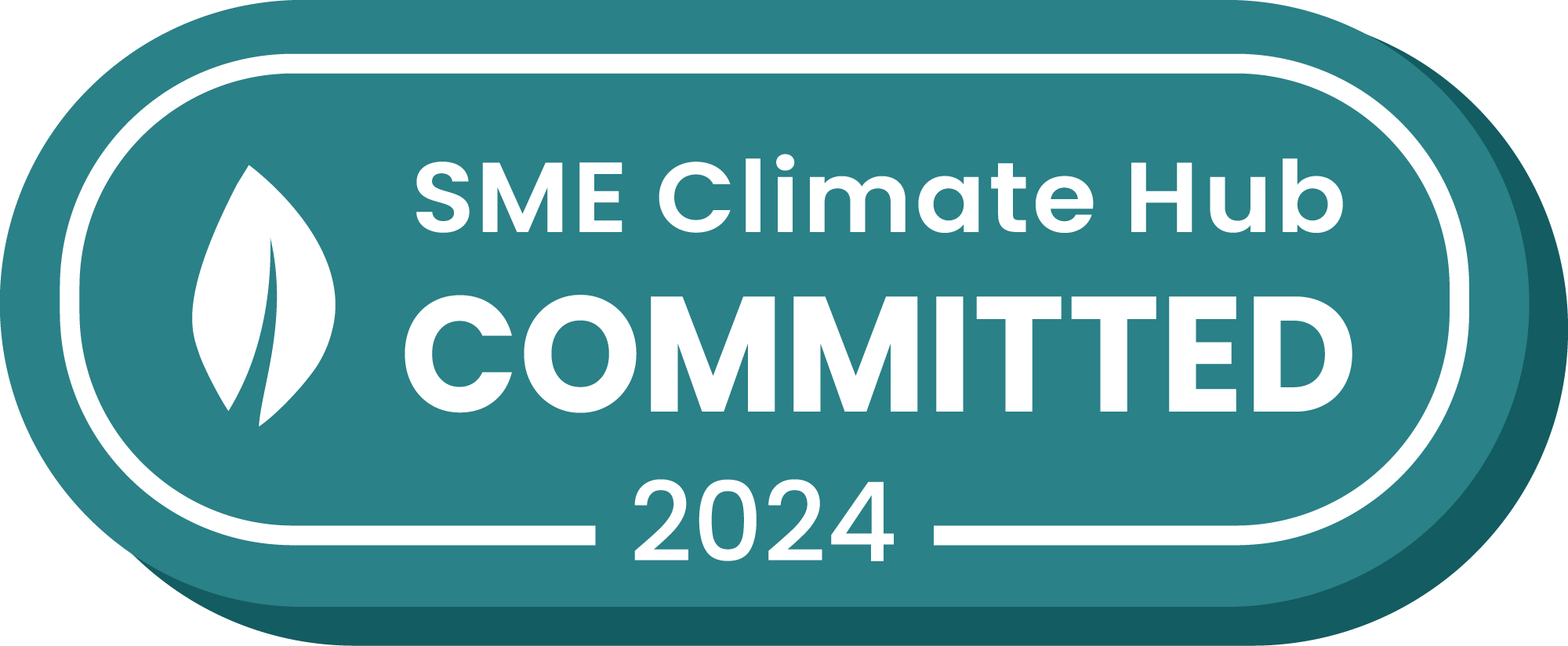We Can Design Ad Tech To Be More Sustainable Now

By Gabrielle Persson, VP Products at SeenThis
Speed, scale, functionality - there are a lot of factors that drive product and engineering teams when designing and improving tech products. Now is the time to add a new factor; sustainability.
The good news is that sustainability doesn’t have to be at odds with ad-tech’s other goals. Advertising technology can become faster, more scalable and even more profitable all while generating a smaller carbon footprint.
Product and engineering teams don’t have to wait. There is no excuse for why technology teams do not have sustainability as one of their important KPIs, that the technology they build has minimal energy use. This can almost always be done without performance suffering, and in some cases it can actually be improved and even save on data end energy costs. It's a global best practice and, to quote '80s movie hero Chris Knight of Real Genius, “It's a moral imperative.”
Do an Energy Audit
The first step to creating more sustainable technology is to look at how current products and processes can be improved. Companies can designate a small team of developers to perform an audit to identify activity that uses more energy than it needs to.
As an example, data transfer is one area where companies can reduce their output without reducing their performance. Often, companies send much more information to partners than they need to. Look at what data is being sent that isn’t material to operations, look at what’s shared with integrated partners, how often data is updated that’s never accessed. Chances are there is a lot of data being moved around that makes little difference to business outcomes.
Data storage is another energy hog. More is not always more when it comes to holding data. Companies are collecting more and more data, but use only a percentage of the data that they house, which burns needless energy.
Similarly, many companies have processes that are needless energy hogs. Entire databases might get backed up every night even though only a few rows change during the day. Videos and images get loaded on screen that no one sees. Bid requests are sent when there is no intention of ever showing an ad. If these processes are not adding value to daily operations, they’re simply burning energy for nothing.
Include Sustainability In the Spec
For new products, sustainability should be built into the spec. This means using approaches that inherently need less energy to work, and to design products that are more energy efficient. IBM is championing “Green Coding,” which is the concept of designing for sustainability at a product’s very core.
Different approaches might present a similar outcome, but use very different amounts of energy. For example, being able to stop the data transfer when the need for new data ceases, and not to continue downloading data that will not be used as with traditional ad serving. There are new more sustainable options for sending and receiving data, on top of “green data centers” that use renewable energy to power them. Creating specs for more efficient integrations is also a good way to reduce energy consumption.
The way technology is designed to function has to consider energy use, but it shouldn't hurt performance. Unique applications don’t have to have their own servers. They should be run on shared servers so that there is less idle time. Different languages can be compiled to use less energy. Many technologies have logging written into their processes that is inefficient and often unused once in production. Teams can use a streamlined logging framework that reduces logging when logs aren’t used.
Ask Partners for a Sustainable Option
Ad-tech is a highly integrated but still fragmented industry, and many of our companies are intertwined. When we’re thinking about building for sustainability, it’s important that we involve our partners. A good start is to make demands on each other that we understand and take ownership of our own environmental footprint, setting expectations that we work to reduce our use of unnecessary energy consumption - e.g. processes and data transfer.
Simply talking about how sustainability matters can spark ideas with partners, and get those companies to prioritize their own energy reduction.
The reality is that we can not offset our way to sustainability. We need to physically alter the way our technology works. We can reduce the carbon footprint with every product release while still driving higher performance, accuracy, and scale. We can start today.
May 22, 2023





